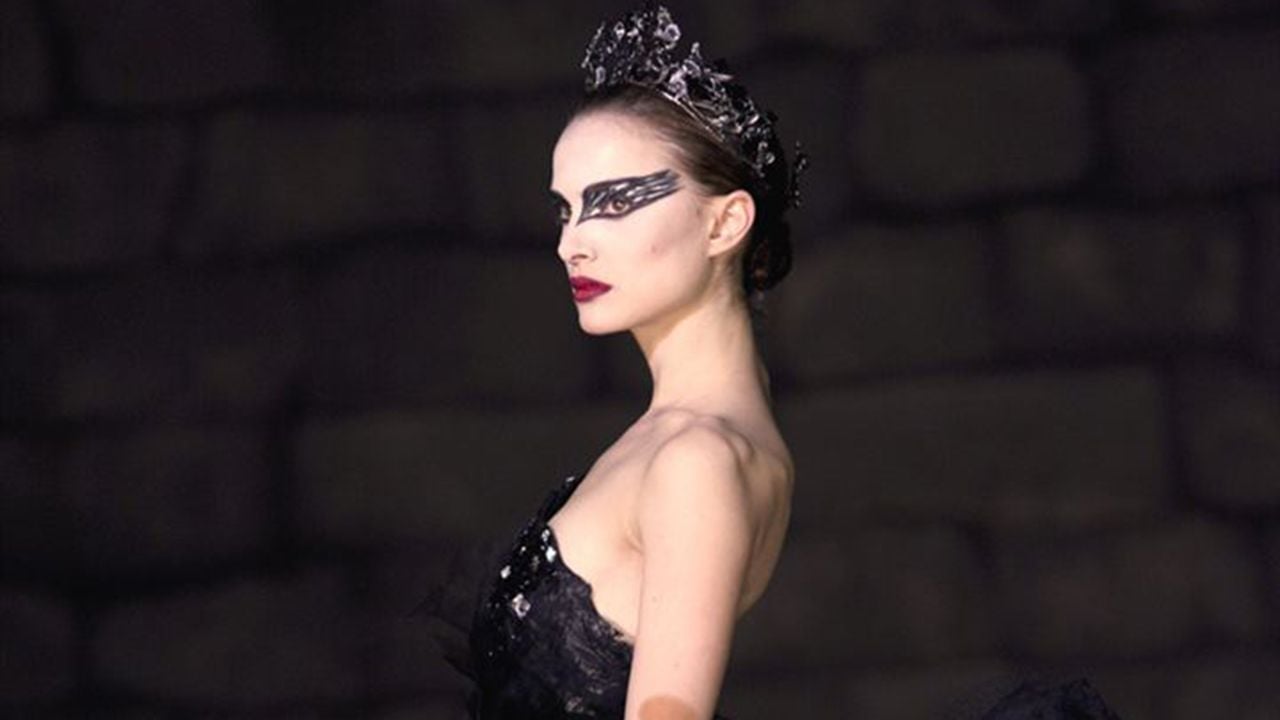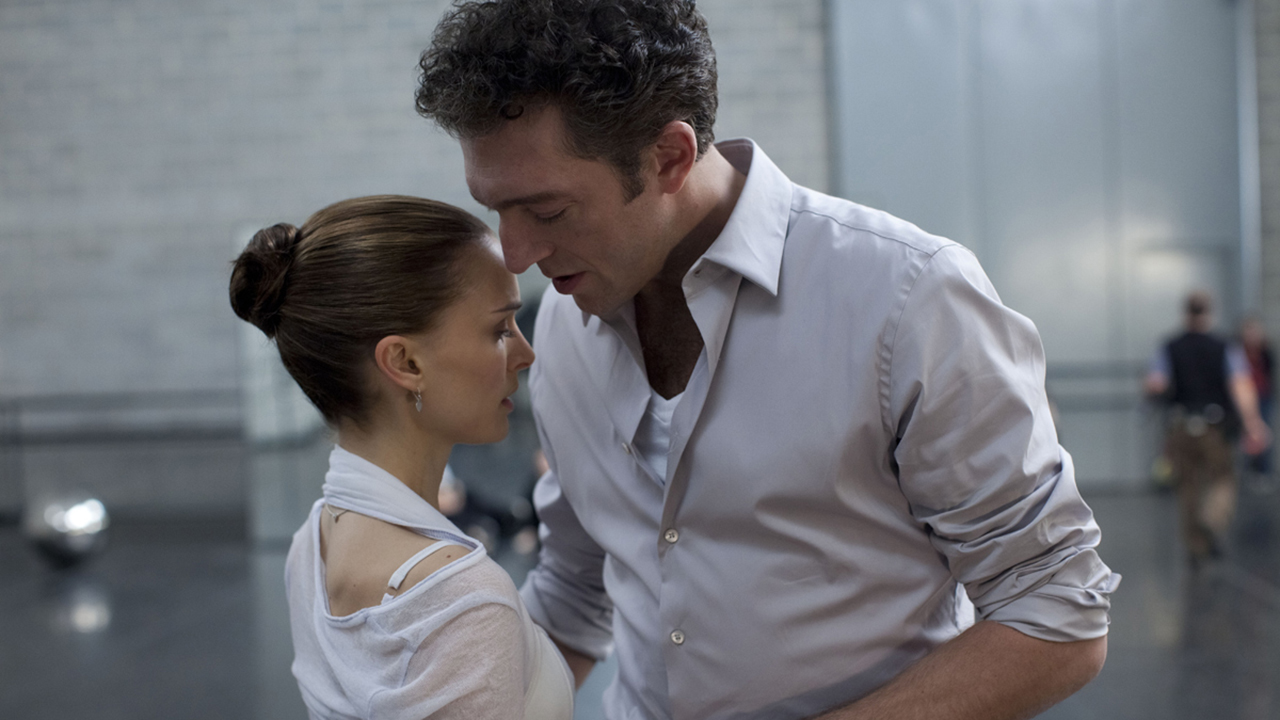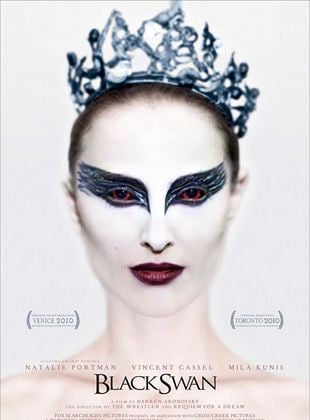When I once saw ‘Black Swan’ in the cinema with my other half, I had to endure a heavy reading after the credits. Before I bought the movie ticket, my rather delicate friend had assumed that Darren Aronofsky’s star-studded blockbuster was an innocent remake of the Tchaikovsky classic “Swan Lake,” which has been on ballet stages around the world for decades…
…and of course I was completely wrong with this assessment. ‘Black Swan’ is more of a horror film than a classic dance film. And anyone who approaches him with false hopes of the latter is absolutely looking at the wrong thing. The work of “The whale”-Director Aronofsky is rather a disturbing and visually impressive psychological thriller, in which the virtuoso staged ballet rehearsals form the narrative framework for the exciting story and a highly emotional finale.
“Black Swan” will be broadcast today, October 24, 2023 at 10:05 PM on Tele 5. A repeat will be shown on the night of October 25 to 26 at 2:15 am. You can watch the FSK 16 title as part of your streaming subscription, regardless of your schedule Disney+* display. Or treat yourself to it on Blu-ray/DVD or as paid video on demand:
That’s what ‘Black Swan’ is about
A respected New York ballet company is planning a new production of Tchaikovsky’s “Swan Lake.” Although ambitious and sensitive ballerina Nina (Natalie Portman) trains harder than anyone in the group, she doesn’t really believe in her chances of winning the leading role. The eccentric director Thomas (Vincent Cassel) wants to have the white and black swan performed by the same dancer, but only entrusts Nina with the white swan. When she fails at a rehearsal, her dream seems to finally be shattered – much to the disappointment of her mother Erica (Barbara Hershey), who was a ballerina herself but not nearly as successful as her daughter.
When Nina tries to talk to Thomas again, he suddenly bothers her. She painfully rejects him. The director realizes that Nina can express herself in front of the black swan as powerfully and energetically as he wants – and promptly casts her in the leading role. For Nina, however, this is the beginning of a nightmare that gets worse every day: the ballerina is under enormous psychological pressure and becomes increasingly paranoid. Soon she is plagued by terrible hallucinations. And then there’s the equally talented Lily (Mila Kunis), who also had her sights set on the leading role and has Thomas wrapped around her finger…

That ‘Black Swan’, as outlined in the introduction, is not an innocent dance film, becomes clear in the opening minutes. The film opens with Nina doing lonely pirouettes on stage in a bright white swan outfit to the famous Tchaikovsky sounds. There is no audience in sight. Their opening dance is reminiscent of a music box figure – a metaphor that is later adopted. Then a man dressed in black comes and stands next to her. The music suddenly becomes dramatic, almost booming. He turns into a horror figure with black feathers and whirls them through the air as he dances. Her look becomes panicky: the woman is afraid. When it’s over, she seems relieved. Then Nina wakes up.
Just an introductory nightmare, but at the same time a taste of what is to come. The dark imagery, which has nothing to do with the supposedly ideal, glittering world of ballet, runs like a common thread through the film. This also applies to the visual play with light and shadow, with black and white, the central optical contrast in ‘Swan Lake’. It often finds its counterpart in production design, for example in Thomas’s apartment or Nina’s bathroom. Innocence personified is defenseless against the powerful and invasive director; Greetings from the Weinstein scandal and the #metoo movement.
If it hurts to watch
The hardships of the tough, physically demanding sport of ballet are captured in an equally brutal way, and we suffer along with Nina. Natalie Portman (“Leon – The Professional”), who deservedly won an Oscar and danced ballet as a child and trained for a year for the demanding leading role, embodies her brilliantly. Sometimes you can barely see. Nina’s toes and nails are bloody and bruised, her ligaments and bones are at their worst. Every citizen is a mortal sin. There is jealousy and resentment among the dancers. And if that wasn’t enough, Nina is under the thumb of her domineering mother, who is living her own never-realized dream of the big spotlight on her daughter. That’s a cliché, but it’s also a reality in sports like ballet or figure skating.

In general, the apartment in which Nina (still) lives with her strict mother is an equally exciting and oppressive setting, which at the same time saved the budget of the production, which cost only 13 million dollars: Darren Aronofsky (“The Wrestler”), who opened the 67th Venice Film Festival with “Black Swan”, creates a stuffy, claustrophobic atmosphere, from which the unstable Nina only escapes by going to ballet rehearsal. Here and there, however, the filmmaker lays it on a bit thick: Nina’s room, for example, is filled with cuddly toys, which at one point she throws into the garbage chute out of frustration when her character’s metamorphosis from innocent girl to adult woman requires this. It. This can be said more subtly.
The same goes for the character structure: the decidedly relaxed rival Lily wears only black and is the counterpart to the icy Nina – a variation on the ‘Swan Lake’ plot. The roles are clearly divided. The dancer, who came from San Francisco, seems relaxed instead of stubborn, wears a tattoo of large wings on her back, uses drugs and even talks back to the toxic Thomas instead of being obedient and submissive like Nina. She has more experience with men, but also with manipulation. The closer the two get, the less certain we are whether Lily will expertly defeat her competitor or whether the paranoid Nina will ultimately lose her mind. An attractive game of confusion, albeit without any major surprises.
Truth or delusion?
It is no coincidence that Darren Aronofsky was inspired by Fyodor Dostoyevsky’s novella ‘The Double’ (which was made into a film shortly later as ‘The Double’ starring Jesse Eisenberg), because the loss of one’s own identity and world also drives the events in “Black Swan”. The doppelgänger motif and the trick with creepy reflections that suddenly no longer act the same as their counterparts are a well-tried horror technique, but they are presented incredibly effectively here. There are also some sharp jump scares and dark visions that mix with the real here and now: strong horror cinema that is hinted at early on and finally breaks through in the last third of the film.
And there is the dramaturgically expected but dramatically staged and disturbing finale, which can be discussed in the aftermath: “Black Swan” leaves some questions unanswered in the final chord and offers room for interpretation. What really happened, what did Nina just imagine? Anyone who likes such mind games should not miss this ambiguous psychological thriller, which is peppered with sufficient horror elements and also has a strong supporting cast.

January 20, 2011
|
1 hour 43 minutes
Darren Aronofsky
Natalie Portman,
Mila Kunis,
Vincent Cassel
3.8
4.2
4.0
On Disney+ current
*
Author: Lars Christian Daniels
Source : Film Starts
I am Dawid Malan, a news reporter for 24 Instant News. I specialize in celebrity and entertainment news, writing stories that capture the attention of readers from all walks of life. My work has been featured in some of the world’s leading publications and I am passionate about delivering quality content to my readers.







